Doyle Bramhall II's 9 tips for guitarists
Clapton's sideman on lessons learned returning to solo work
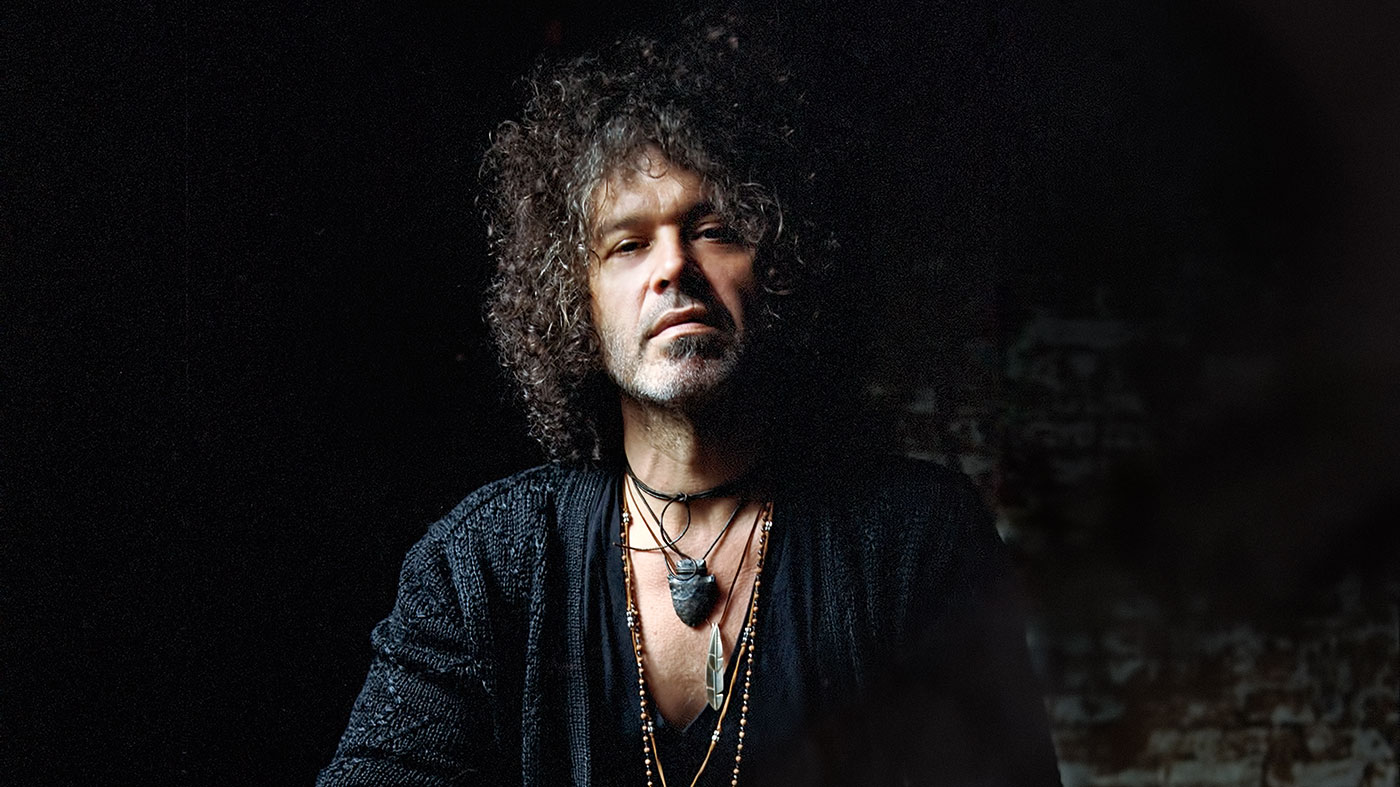
Introduction
This autumn saw the release of Rich Man, Doyle Bramhall II’s first solo album in a very long time. We pose the question, ‘Why the wait?’
Back in 2001, Doyle Bramhall II released the critically acclaimed Welcome and since then his solo career has been put on hold. It hasn’t all been radio silence, though.
I’ve spent probably the last 12 years working a lot with other artists
“Well, I’ve spent probably the last 12 years working a lot with other artists,” he tells us down the phone line from his home in Texas. “That includes Eric Clapton, Roger Waters and Sheryl Crowe - and I sort of dedicated my time and my musical energy to working with them…”
Guest slots, production and sideman duties finally put aside, Rich Man has received a rapturous response from all concerned as it encapsulates stylistic elements from all around the musical world. Expect exotic instruments, vintage guitars, tasteful duetting with Norah Jones, a distinct Hendrix influence and some very fine playing throughout…
1. It’s never too late to start over
“I became an integral part of Eric’s band for the last eight years, and the last tour I did with him was, I guess, in 2013. After that tour, he said that he wasn’t going to be touring as much and when he did he wanted to use a local band in the UK. So at that time, I think I was just starting to play shows on my own as a solo artist and I was really enjoying doing that after accompanying for so many years.
“It was so nice to get back into doing my own thing and I was finding more about who I was as a performer, because it was almost like I was starting from scratch again, just because it had been so long since I had been a frontman.”
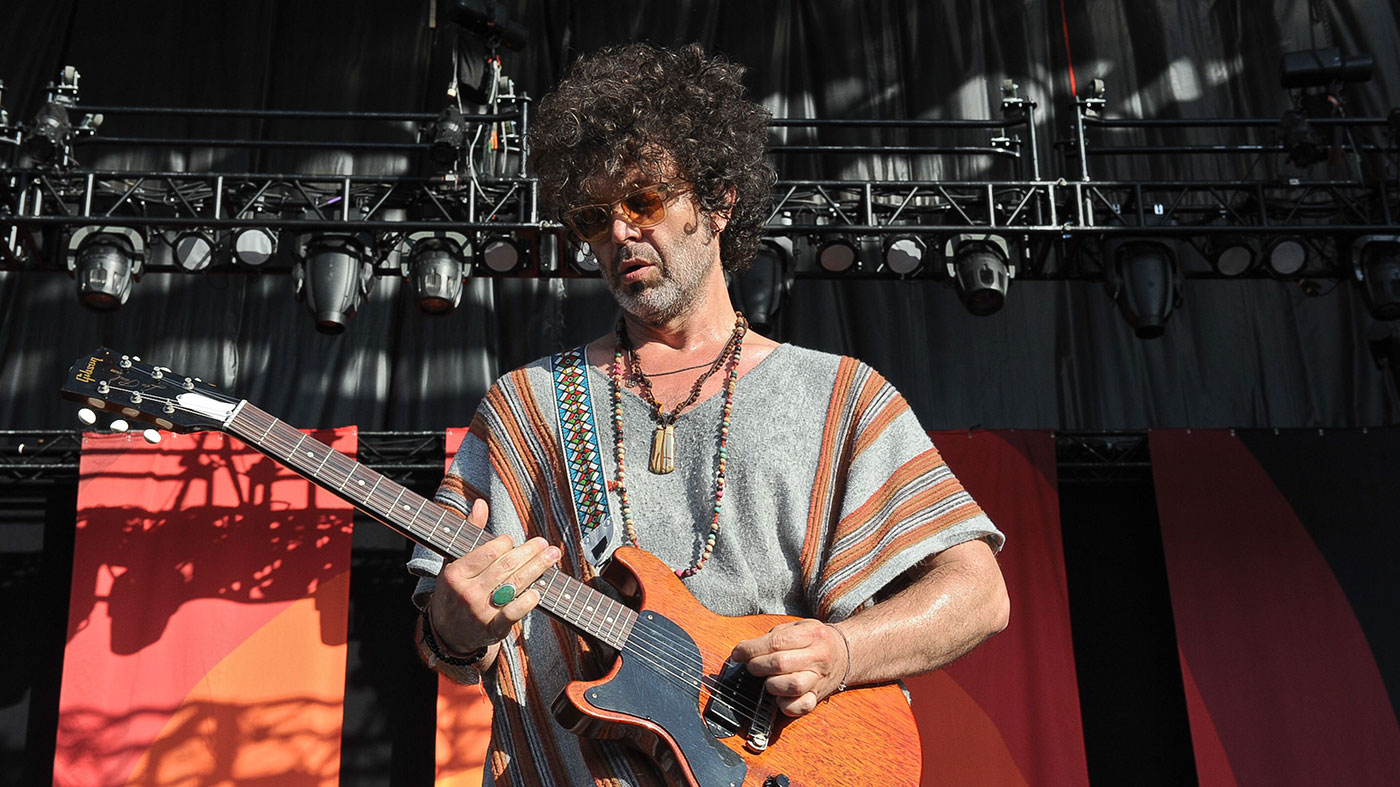
2. Capture the moment
“Once I was out touring for about a year and a half - and also trying different musicians for my live band - I decided that it was time to make my album. I had stockpiled many songs over the years.
For me, it seems like lyrics are the thing that give a song longevity
“I pretty much write on a daily basis, but when I started this record, which was a year and four months ago, I wanted to start from scratch, because I feel that I can capture whatever time period I’m going through and keep it as much in the present moment as I can, to keep it relevant for me. Some things, when I listen back to them, they aren’t as relevant to me as they were in that moment.”
3. Let the lyrics speak for the song
“I would write a song pretty much just before I would go into the studio to record, just started putting ideas down and compiling until I had about eight or nine songs. Then I started moving around: I went to Brooklyn and recorded another batch of songs, and then went to London… Working on the lyrics took quite a long time, because I felt that I had never gone as deep as I wanted to go with it, lyrically.
“I know that, for me, it seems like lyrics are the thing that give a song longevity. If it’s a well written song, then it’s something that you can really attach yourself to. And it’s really been helping me, because the better the lyric is, the easier it is for me to sing and to believe when I’m performing it.”
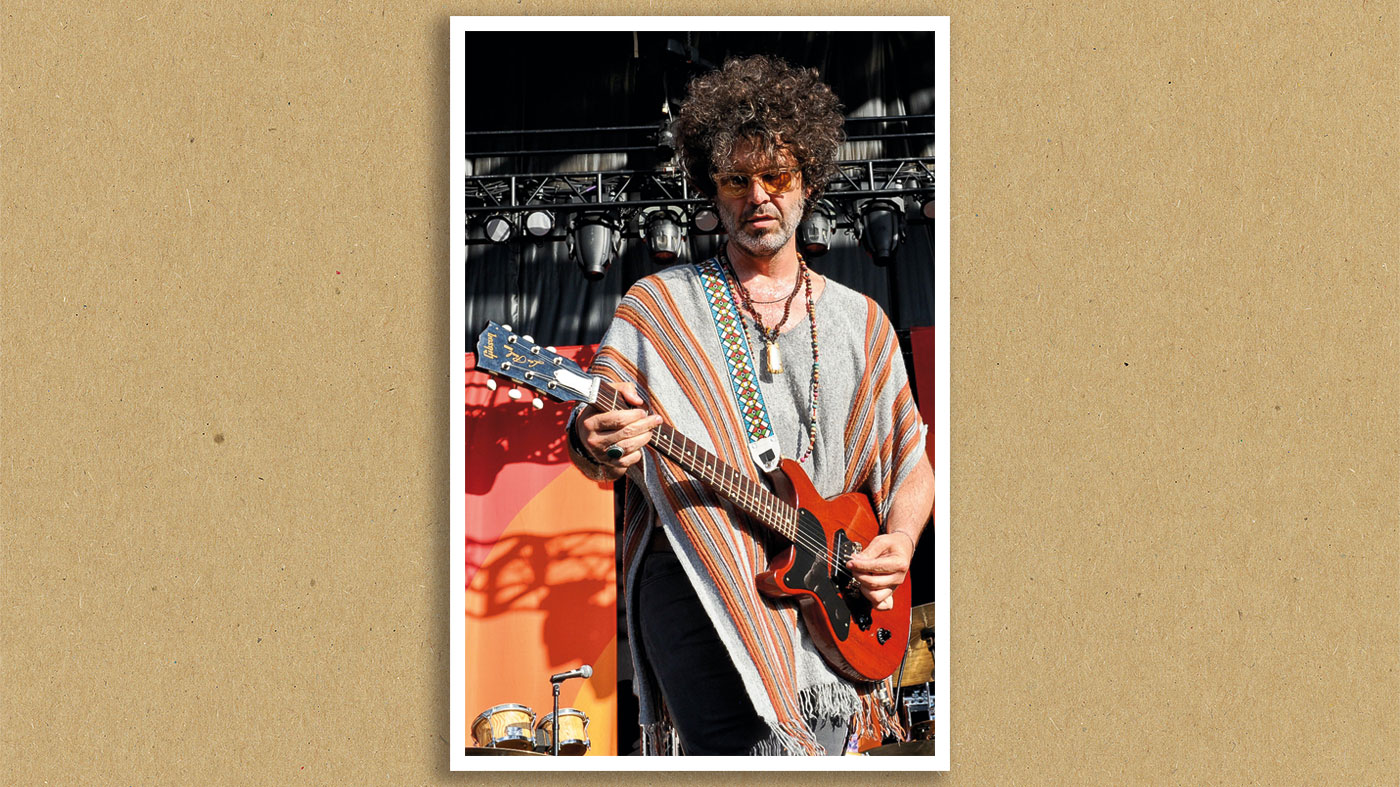
4. Your influences will speak through you
“I grew up in Texas listening, in my youth, to mostly blues. I considered myself a blues purist.
“I think that the only things that were outside that wheelhouse of blues were Cream and Eric and The Beatles, and then a lot of soul artists like Al Green, Marvin Gaye, Stevie Wonder, Donny Hathaway… But a lot of those artists still had blues in their music, too - blues and gospel - so that all made sense to me.
I’ve been listening to sarangi [a South Asian bowed string instrument] music for probably four or five years now
“But Jimi Hendrix was one of the most interesting players that ever lived because of his command of everything: he could play basslines, rhythms and solos all at the same time. There weren’t many people that could do that, especially in rock ’n’ roll music. He was just pure music personified.”
5. Blues comes from a much bigger place
“I’ve been listening to sarangi [a South Asian bowed string instrument] music for probably four or five years now. That instrument is just something that really moves me and, according to the great Sufi musicians, the sarangi is the most beautiful-sounding instrument, because it’s the closest to the voice.
“When I was writing the song My People, I had just made a three-week trip in the northern part of India and I felt like it was almost like a blues song, like a spiritual dirge, but it was definitely coming from the blues’ roots, for me. I wanted something to match the lyric, which was a more worldly lyric, and felt like I wanted to add an instrument that would tie it together. It wasn’t just a blues song from Texas, it was actually a blues song from the world. It just seemed like that instrument was an ancient instrument that fit really well and tied it all together with the lyrics.”
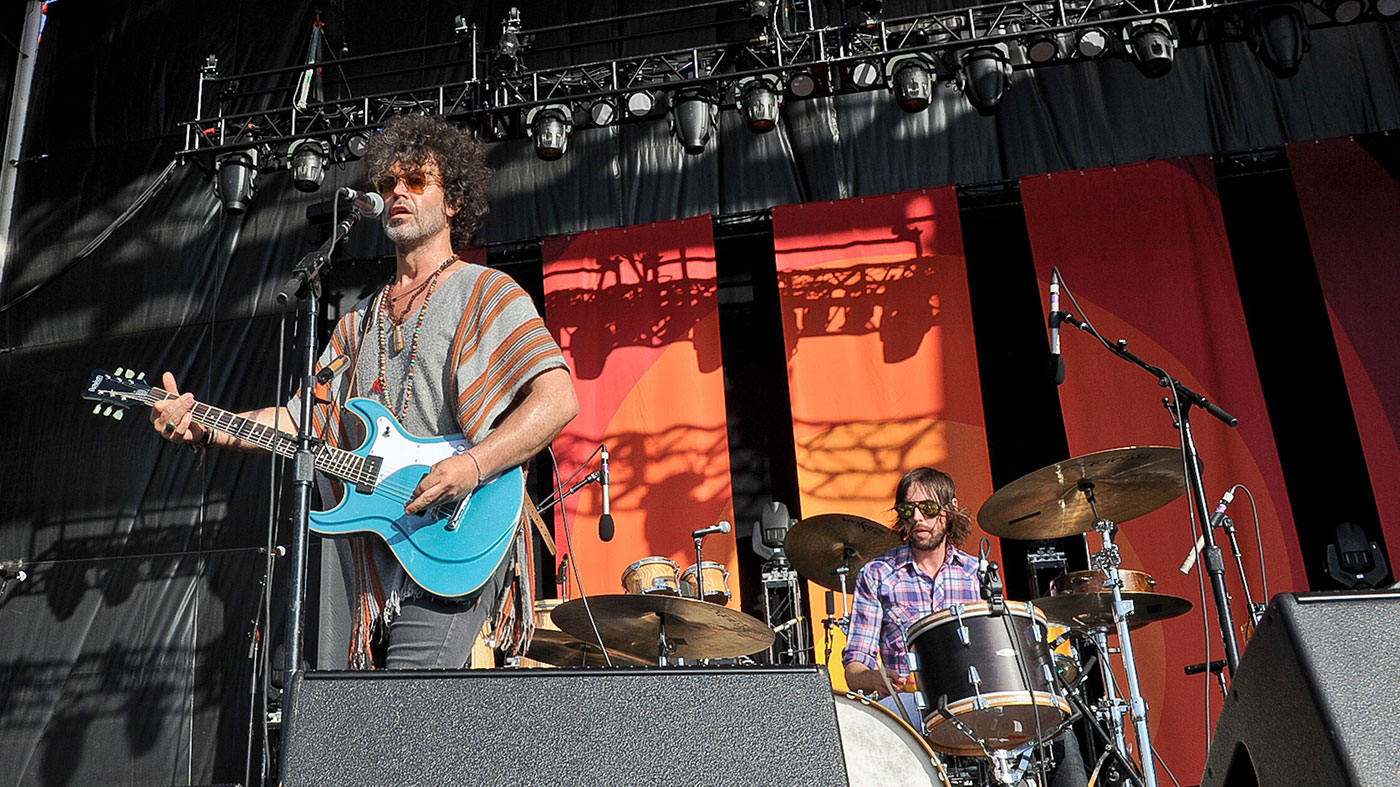
6. All you have to do is call
“I came to know Norah Jones through this concert series called The Best Fest.
“They’ve been putting it on for about five or six years and they get together about 20 or 25 different singers, artists and guitar players to do songs by a particular artist of their pick. They’ll do a Bob Dylan Fest, Petty Fest, Harrison Fest and all the musicians do their covers of that particular artist. Norah’s is actually the house band.
The Guild Aristocrat is one of my favourite guitars to play in the studio. I can’t afford one yet, but I love them
“I’ve always admired her work, she’s a great singer and musician, and we got to be friends. I’d always secretly hoped that I would do something with her, because I thought her voice was so beautiful. She just happened to live quite close to the studio when I was recording the song New Faith and the engineer called her up and she was like, ‘Yeah, okay, I’ll be right over…’”
7. Choose your instruments with the utmost care
“The Guild is one of my favourite guitars to play in the studio. I can’t afford one yet, but I love them. It’s a Guild Aristocrat and I think it’s a 1959. It’s actually a hollowbody - it doesn’t have any f-holes, but it’s hollow on the inside, so it’s very light. They record very well.
“I actually used it on one of the records I produced with Eric, but any time I see it in the studio then I’m using it because it’s such an amazing sounding guitar. It’s really punchy. For the most part I used the Guild, I used my ’64 Fender Strat that I’ve had for a long time, and I used a ’64 Epiphone Casino.”
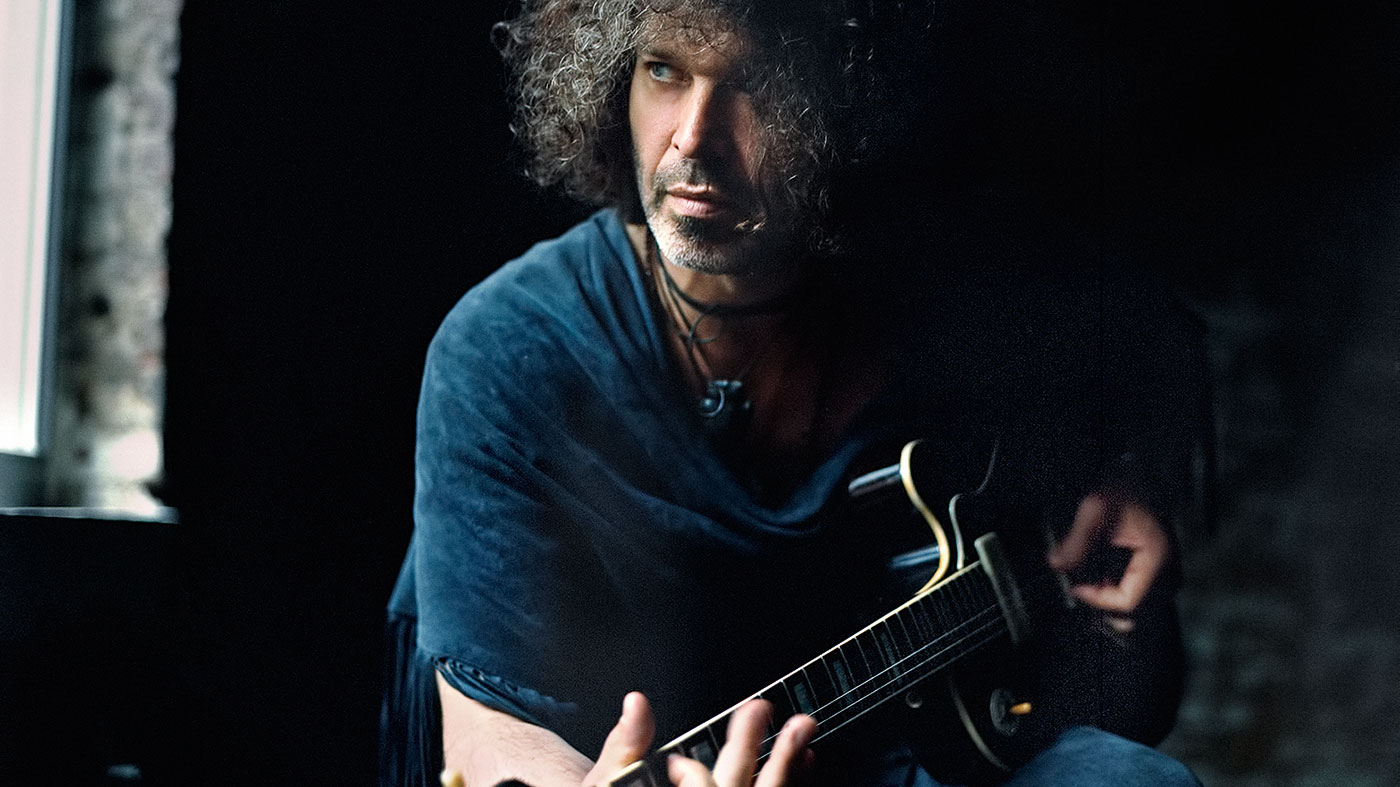
8. That goes for amps, too!
“I have this ’68 ‘silverface’ Pro Reverb that I’ve used for many years and it’s sort of my secret weapon.
“It’s really versatile in the studio and I would say that most of the songs were recorded using that Pro. But I also used an old Magnatone and a Marshall 100-watt Plexi and a Super Reverb on this record, too.
I’m really enjoying the experience of this record. I don’t think I’ve ever been this pleased from beginning to end
“On the second half of the record, I started recording a little more in stereo - so I’d have the Magnatone on one side and then I’d have the Super on the other. I’d have the tremolo up on the Super and have the vibrato up on the Magnatone, lightly so that it got a sort of Rhodes kind of sound to it.”
9. Don’t forget to stand back and admire your work
“I’m really enjoying the experience of this record. I don’t think I’ve ever been this pleased from beginning to end. I’ve liked things about records I’ve made in the past, but I don’t feel that I’ve ever been as connected to something as a whole. All of it tells the story of my life in the lyrics and the sounds and everything, so I am very happy with it.
“I really enjoy playing it live and I’m having so much fun - and usually it doesn’t necessarily work that way. I’ve been on tours where it didn’t feel as good as it feels right now. So when people say that they like the album, or they have this relationship with it and that it really moves them, it’s just above and beyond what my expectations were anyway.”
Doyle Bramhall II’s latest solo release, Rich Man, is available now via Concord Records.

